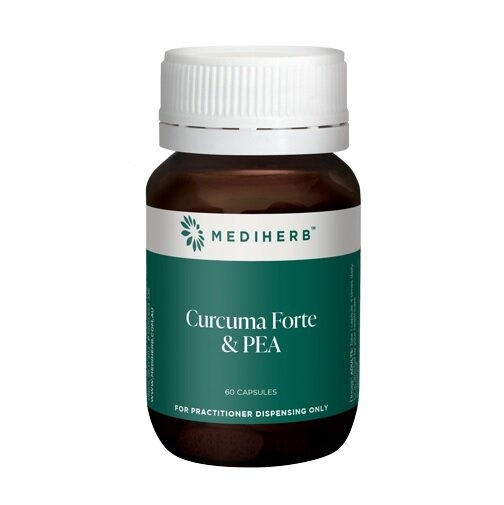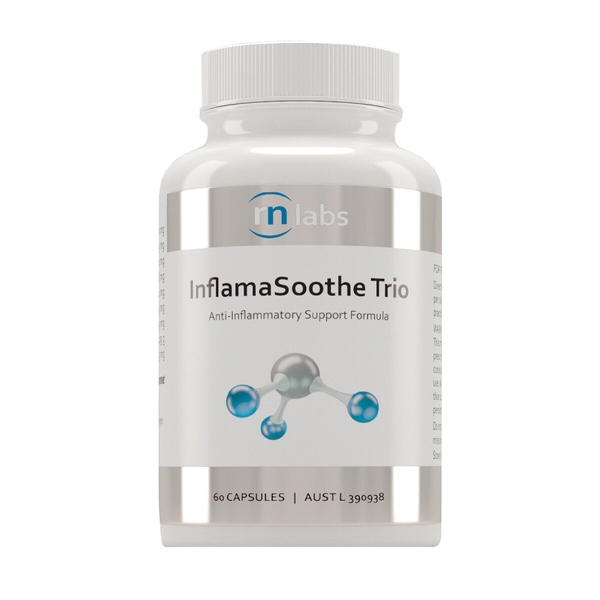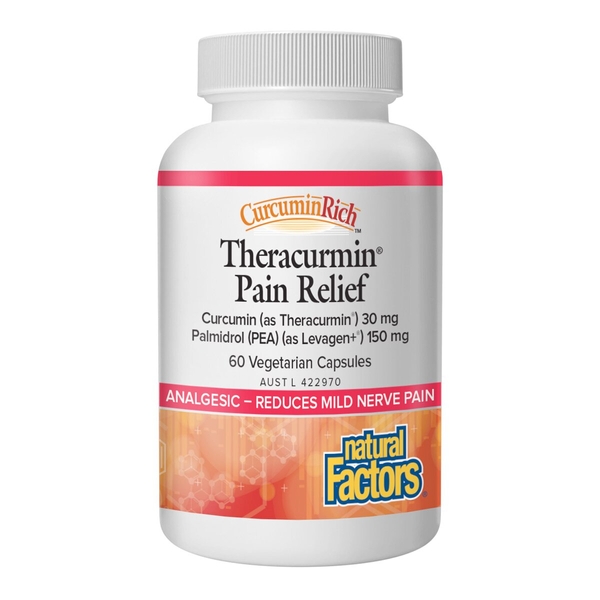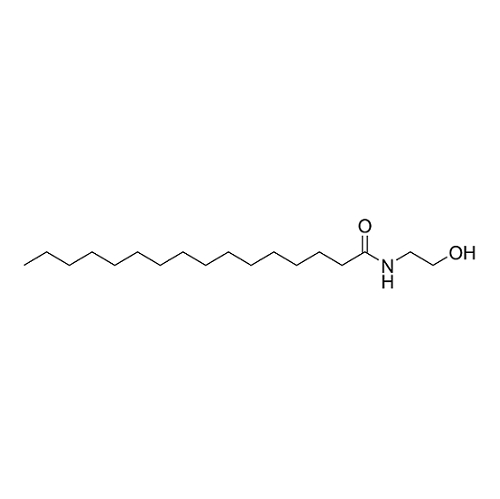
Palmitoylethanolamide (pea)
Scientific names: N-(2-Hydroxyethyl) hexadecanamide
Alternative names: Hydroxyethylpalmitamide, Impulsin, N-(2-Hydroxyethyl)palmitamide, Palmidrol, Palmitamide MEA, Palmitic Acid Monoethanolamide, Palmitoylethanolamine, PEA
Actions: General, Analgesic, Anti-inflammatory, Endometrial, Gastrointestinal, Musculoskeletal, Neurologic, Ocular
Background
Palmitoylethanolamide (PEA) is a chemical made from fat. It is found naturally in foods such as egg yolks and peanuts, and in the human body.
PEA can bind to cells in the body and reduce pain and swelling.
PEA is used for different types of pain, fibromyalgia, osteoarthritis, multiple sclerosis (MS), carpal tunnel syndrome, autism, and many other conditions, but there is no good scientific evidence to support many of these uses.
PEA can bind to cells in the body and reduce pain and swelling.
PEA is used for different types of pain, fibromyalgia, osteoarthritis, multiple sclerosis (MS), carpal tunnel syndrome, autism, and many other conditions, but there is no good scientific evidence to support many of these uses.
Safety Safety definitions
When taken by mouth: PEA is possibly safe when used for up to 3 months. It's usually well tolerated but might cause nausea in some people. There isn't enough reliable information to know if PEA is safe to use for longer than 3 months.
When applied to the skin: PEA is possibly safe when used for up to 28 days.
Children: Taking PEA by mouth for up to 3 months is possibly safe for children aged 4-17 years.
When applied to the skin: PEA is possibly safe when used for up to 28 days.
Special Precautions & Warnings:
Pregnancy and breast-feeding: There isn't enough reliable information to know if PEA is safe to use when pregnant or breast feeding. Stay on the safe side and avoid use.Children: Taking PEA by mouth for up to 3 months is possibly safe for children aged 4-17 years.
Effectiveness
NatMed Pro rates effectiveness based on scientific evidence according to the following scale: Effective, Likely Effective, Possibly Effective, Possibly Ineffective, Likely Ineffective, Ineffective, and Insufficient Evidence to Rate.
Possibly effective Effectiveness definitions
- Osteoarthritis. Taking PEA by mouth seems to reduce pain and improve function in people with osteoarthritis.
- Chronic pain. Taking PEA by mouth seems to reduce pain in people with chronic pain from different causes.
Possibly ineffective Effectiveness definitions
- Injury to the spinal cord. Taking PEA by mouth doesn't reduce pain or spasticity of the spine in people with spinal cord injury.
Dosing & administration
PEA has most often been used by adults in doses of 300-1200 mg by mouth daily for 2-12 weeks. In children, it's most often been used in doses of 600 mg by mouth daily for up to 3 months. PEA is also used in creams, lotions, and eye drops. Speak with a healthcare provider to find out what type of product and dose might be best for a specific condition.
Interactions with pharmaceuticals
It is not known if Palmitoylethanolamide (PEA) interacts with any medicines. Before taking Palmitoylethanolamide (PEA), talk with your healthcare professional if you take any medications.
Interactions with herbs & supplements
There are no known interactions with herbs and supplements.
Interactions with foods
There are no known interactions with foods.
Products
View all productsPer 26 g (Chocolate):
- Pisum sativum (Pea) ext. 15 g equiv. pea Protein 11.3 g
- Creatine monohydrate 2.5 g
- Calcium beta-hydroxy-beta-methylbutyrate monohydrate 1.5 g equiv. calcium 206 mg
Practitioner product
RRP: $54.95$43.96Save: 20%
Create account
Per 41 g (Smooth Chocolate):
- Pisum sativum (Pea) ext. 5 g
- Saccharum officinarum (Sugarcane fibre) 4 g
- Ascorbic acid (Vitamin C) 250 mg
- Hydroxocobalamin (Vitamin B12) 200 μg
- Cholecalciferol 10 μg equiv. vitamin D3 400 IU
- Zinc citrate dihydrate 46.74 mg equiv. zinc 15 mg
- Oryza sativa ext. 15 g
- Glutamine 1.5 g
- Glycine 2 g
- Myo-inositol 1.25 g
- Taurine 500 mg
- Choline bitartrate 100 mg
- Thiamine hydrochloride (Vitamin B1) 21.6 mg equiv. thiamine 17 mg
- Riboflavin 5-phosphate sodium (Activated B2) 6.6 mg equiv. riboflavin 5 mg
- Nicotinamide (Vitamin B3) 50 mg
- Calcium pantothenate (Vitamin B5) 164 mg equiv. pantothenic acid 150 mg
- Pyridoxal 5-phosphate (P5P) 15.7 mg equiv. pyridoxine 10 mg
- Levomefolate glucosamine (Activated folate) 357 μg equiv. levomefolic acid 200 μg
- Biotin 50 μg
- Calcified lithothamnion (Red algae) 156 mg equiv. calcium 50 mg
- Magnesium citrate 330.46 mg equiv. magnesium 50 mg
- Manganese gluconate 8.12 mg equiv. manganese 1 mg
- Selenomethionine 123 μg equiv. selenium 50 μg
- Molybdenum trioxide 73.8 μg equiv. molybdenum 50 μg
- Potassium iodide 65.6 μg equiv. iodine 50 μg
- Chromium nicotinate 196.8 μg equiv. chromium 24 μg
- Cinnamomum cassia ext. 300 mg
- Vaccinium myrtillus ext. 250 mg
- Silybum marianum ext. 150 mg
- Zingiber officinale ext. 135 mg
- Acetyl levocarnitine hydrochloride (Acetyl-L-carnitine) 200 mg
Practitioner product
Per 22 g (Vanilla):
- Pisum sativum (Pea) ext. 3.32 g
- Thiamine hydrochloride (Vitamin B1) 21.6 mg equiv. thiamine 17 mg
- Nicotinamide (Vitamin B3) 50 mg
- Calcium pantothenate (Vitamin B5) 54.6 mg equiv. pantothenic acid 50 mg
- Hydroxocobalamin (Vitamin B12) 200 μg
- Ascorbic acid (Vitamin C) 250 mg
- L-glutamine 1.5 g
- Larix occidentalis (arabinogalactan) (Larch) 1 g
- Riboflavin 5-phosphate sodium (Activated B2) 6.58 mg equiv. riboflavin 5 mg
- Cholecalciferol 10 μg equiv. vitamin D3 400 IU
- Taurine 350 mg
- Molybdenum trioxide 77 μg equiv. molybdenum 50 μg
- Potassium iodide 66 μg equiv. iodine 50 μg
- Chromium nicotinate 193.6 μg equiv. chromium 24 μg
- Selenomethionine 125.4 μg equiv. selenium 50 μg
- Manganese gluconate 8.1 mg equiv. manganese 1 mg
- Zinc citrate dihydrate 46.6 mg equiv. zinc 15 mg
- Magnesium citrate 330 mg equiv. magnesium 50 mg
- Biotin 50 μg
- Levomefolate glucosamine (Activated folate) 360 μg equiv. levomefolic acid 200 μg
- Pyridoxal 5-phosphate (P5P) 15.7 mg equiv. pyridoxine 10 mg
- Choline bitartrate 30 mg
- L-glycine 1.5 g
- Silybum marianum ext. 150 mg
- Camellia sinensis powder 250 mg
- Zingiber officinale ext. 135 mg
- Oryza sativa ext. 10 g
- Calcified lithothamnion (Red algae) 156 mg equiv. calcium 50 mg
Practitioner product
Practitioner product
Practitioner product
Practitioner product
Practitioner product
Practitioner product
Practitioner product
Practitioner product
Practitioner product
Practitioner product
Per 5.5 g (Mango Pineapple):
- Pisum sativum (Pea) 200 mg
- Coffea arabica
- Theobroma cacao 50 mg
- Creatine hydrochloride 750 mg
- Camellia sinensis 150 mg
- Niacinamide (Vitamin B3)
- Hordeum vulgare powder 15 mg
- Pyridoxal 5-phosphate (P5P)
- Methylcobalamin (Activated B12)
- Ascorbic acid (Vitamin C) 40 mg
- Orthosilicic acid (Silica)
- Flavour
- Folate 200 µg
- Glycerol monostearate (GMS) 1.5 g
- Stevia rebaubiana
- Alpinia galanga 150 mg
RRP: $64.96$58.47Save: 10%
Create account
Practitioner product
Practitioner product
Practitioner product
Practitioner product
RRP: $74.95$59.96Save: 20%
Create account
vital.ly has licensed monographs from TRC Healthcare.
This monograph was last reviewed on 24/03/2025 11:00:00 and last updated on 11/04/2022 06:28:13. Monographs are reviewed and/or updated multiple times per month and at least once per year.
Natural Medicines disclaims any responsibility related to medical consequences of using any medical product. Effort is made to ensure that the information contained in this monograph is accurate at the time it was published. Consumers and medical professionals who consult this monograph are cautioned that any medical or product related decision is the sole responsibility of the consumer and/or the health care professional. A legal License Agreement sets limitations on downloading, storing, or printing content from this Database. No reproduction of this monograph or any content from this Database is permitted without written permission from the publisher. It is unlawful to download, store, or distribute content from this site.

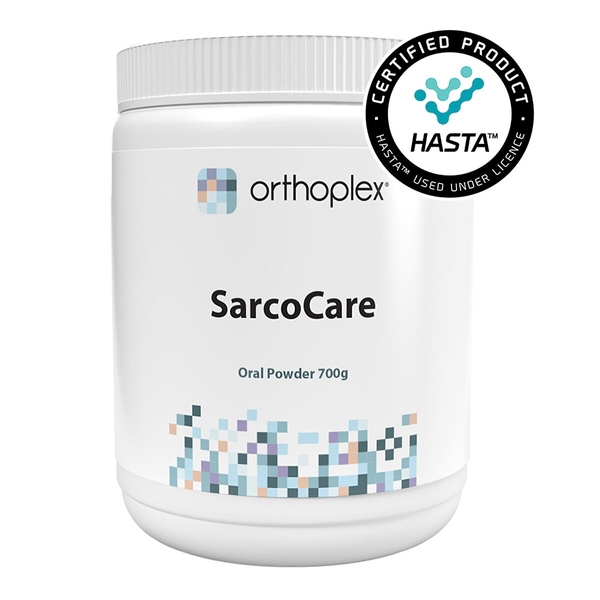

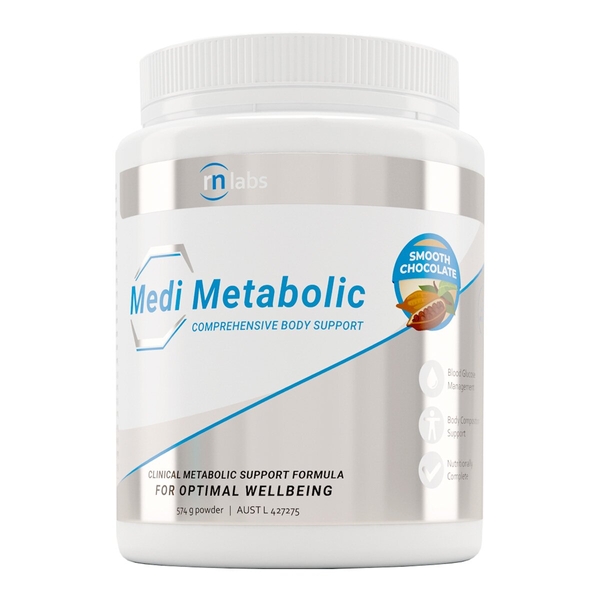
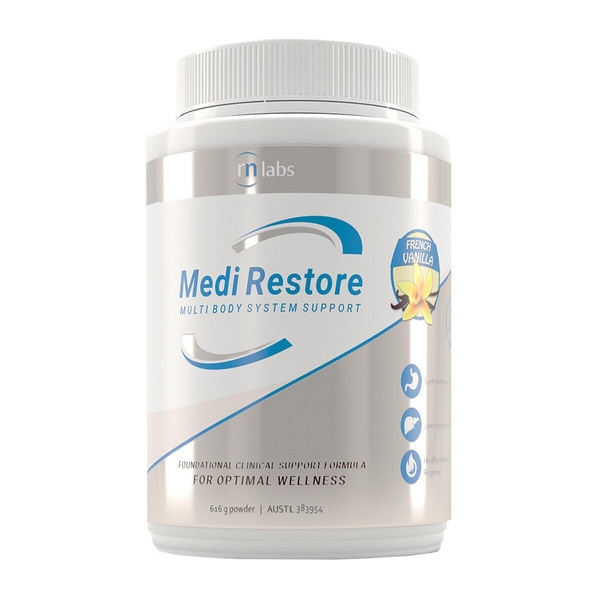
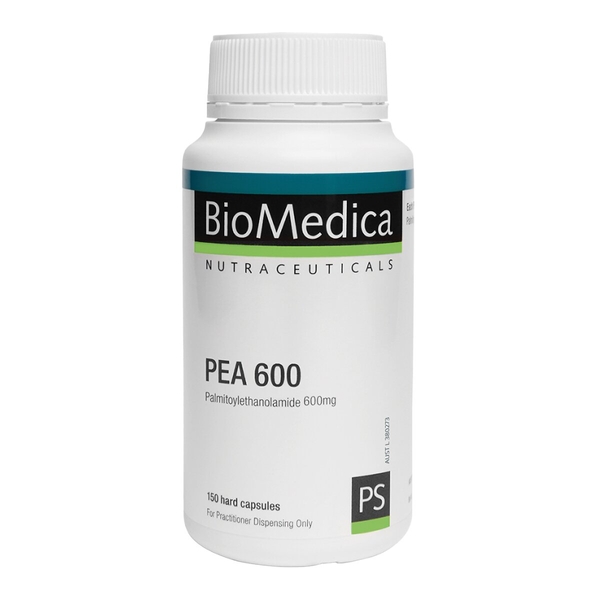
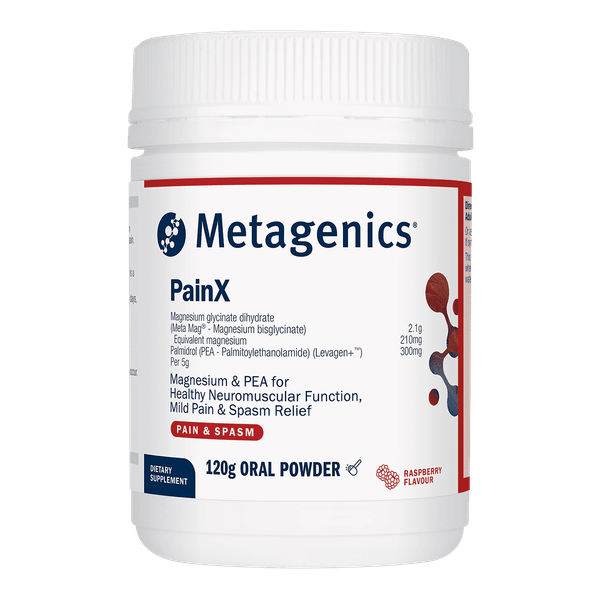
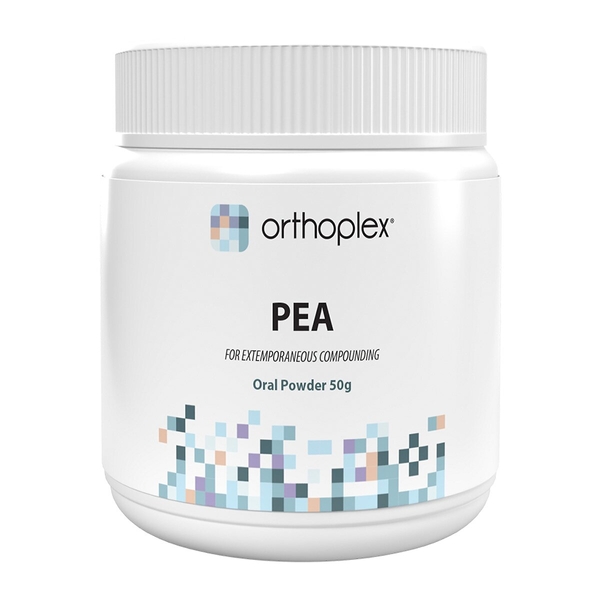
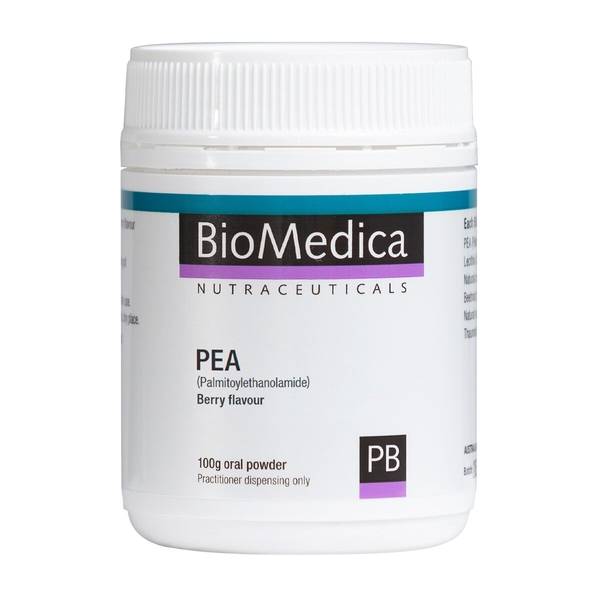
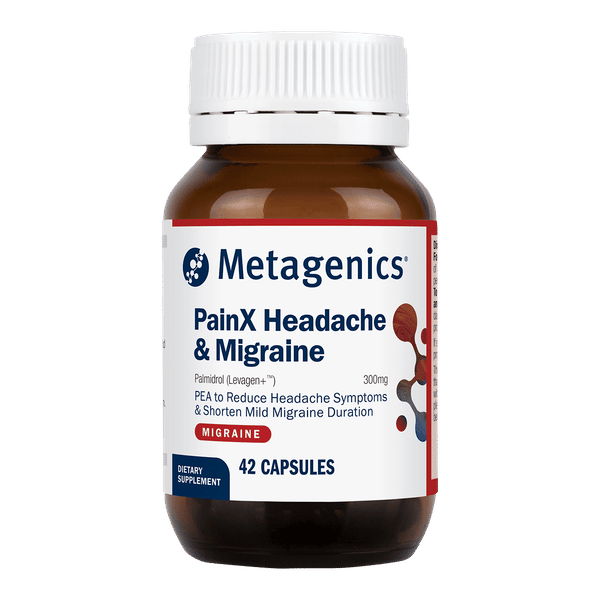

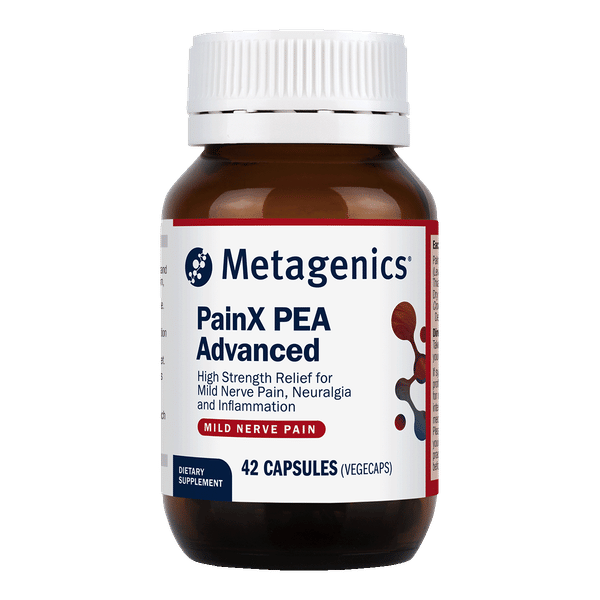
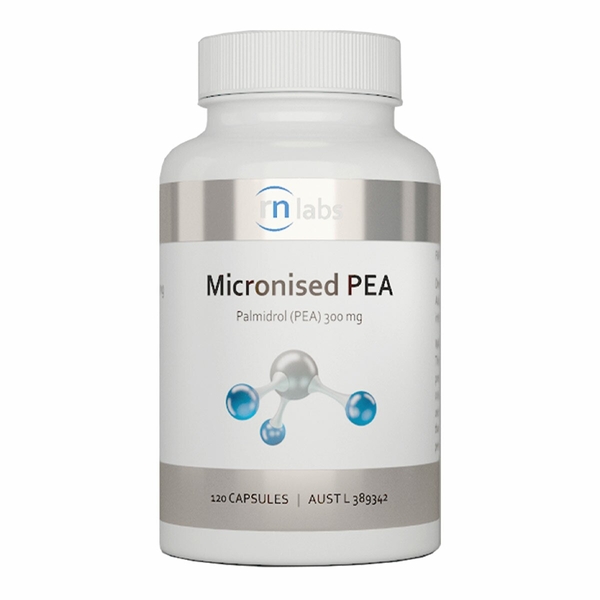
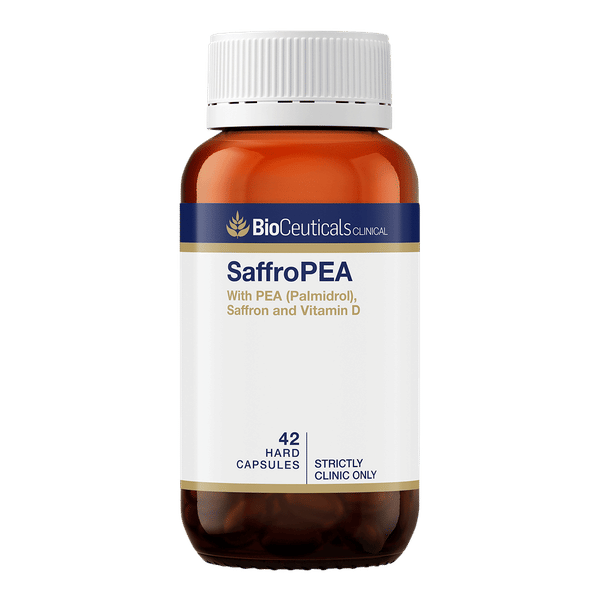
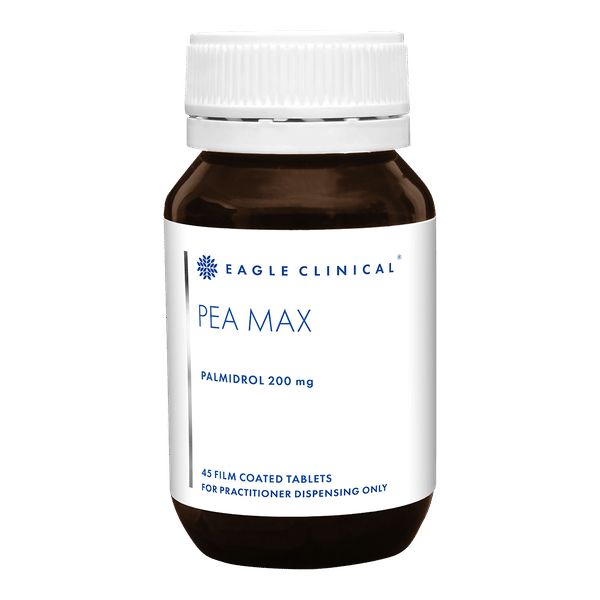

.png)
